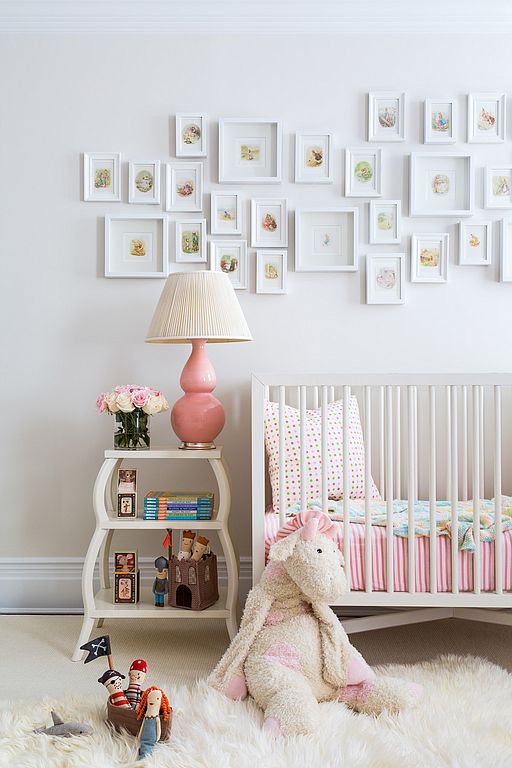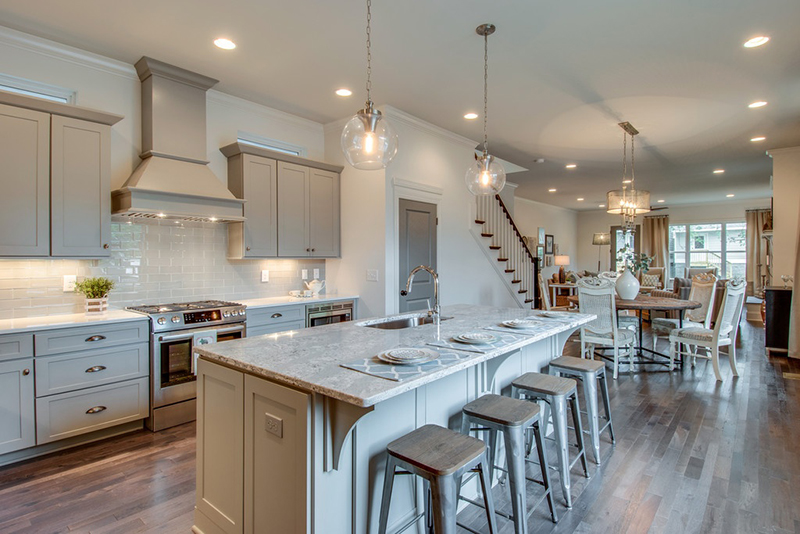With their large, central chimneys and weathered wood shingles, classic Cape Cod homes offer plenty of charm.
Originating with early settlers in New England, Cape Cod-style homes enjoyed a surge in popularity as starter homes for young families after World War II. They’re still perfect for first-time buyers and empty-nesters – or those who don’t want the cost (or hassle) of owning a huge home.
A well-preserved Cape can usually adapt to modern life. But if it hasn’t been restored, these fixer-uppers can cause many headaches.
For starters, Cape rooms tend to be small, with low ceilings and uneven floors. Worse still, a typical Cape kitchen can look like something out of a catalog from the 1950s, if not earlier.
But if you’ve got your hands on a Cape that needs some TLC, here’s how to update it without losing that classic Cape character.
Set a budget
First, the bad news: The kind of updates Capes often require tend to go beyond mere cosmetics, according to Barak Steenlage, co-owner and project director of Anchor Builders, a family operation in Louis Park, MN.
“We haven’t found a good do-it-yourself solution [for Capes],” he admits. The rooms are smaller and the floor plans are closed – issues that aren’t easily fixed by DIYers.
Be prepared to hire contractors, and budget accordingly.
Plan for the future
“Most people want to do a project for what they feel their budget affords, and that’s logical,” says Steenlage. “But you always want to be aware of what you might need five years from now.”

The reason: Homeowners often spend $50,000 or so to make updates, only to find that they won’t work long-term. “Think five years out, and sometimes finance more, to solve the problem right the first time,” Steenlage advises.
Look for a large foundation
If you haven’t yet bought your Cape Cod home, Steenlage advises buyers to maximize on the square footage. Since Capes were built on smaller lots, their foundations tend to also be on the small side. “About 700- to 900-square-feet is typical,” Steenlage says.
It’s helpful to choose a home with a larger foundation so you have room to expand, should you choose to do so. “When you buy more foundation, you’re buying more potential in that home,” adds Steenlage.
Skip the living room
The living room is the strength of the home in a Cape Cod house – it’s often already outfitted with a sizable fireplace.
Most people want the same thing out of their living room that homeowners did nearly 100 years ago when the original Capes were built. So, chances are you won’t have to renovate this room.
Consider a mudroom or porch
Typically, Cape Cod owners want three simple things: a large kitchen, a mudroom, and an entrance space.
Specifically, “people want a mudroom to transition from outdoors to indoors, whether it’s winter, rain, snow, or dirt – especially with kids,” says Steenlage. “That’s the most popular add-on space that people request.”
Adding a porch can break up the roof line while maintaining the style and character of the original home, says Steenlage.
With more people eager to connect with their neighbors and find ways to transition into their home (and avoid standing in the rain with groceries, for example), a porch can offer a lot of value.
Open the kitchen
When asked why families are so focused on kitchens, Steenlage cites contemporary lifestyles. In the old days, people came home for lunch, so there wasn’t as much emphasis on spending time together at the end of the day.
Now that there are only a handful of hours in the day when everyone’s in the same place, he says, the kitchen has evolved into “a place where everyone can get together.”
Kelly McGuill, an interior designer in Walpole, MA, recommends having the kitchen open up to the living room.

“You spend so much time in the kitchen,” she says. “An attached family room would get rid of the formal living room or dining room, which don’t get used a lot.”
Speaking of dining rooms, these traditionally formal spaces are definitely on the way out, says Steenlage. “People are getting ready faster, eating quickly, and having less-formal sit-downs,” he says.
“A less-formal eat-in kitchen is the way it’s going,” especially for young families who want a place to eat and keep kids close by.
Switch the doors
Changing the doors in your home may seem like an insignificant change, but it can add a lot of authentic character. If your Cape has hollow core or even solid core doors, consider replacing them with solid wood doors.
Between the 1960s and 1990s, a lot of construction went downhill from a quality standpoint, Steenlage remarks. Solid wood doors are characteristic of a Cape Cod-style home, he says, and they’ll last longer.
Related:
